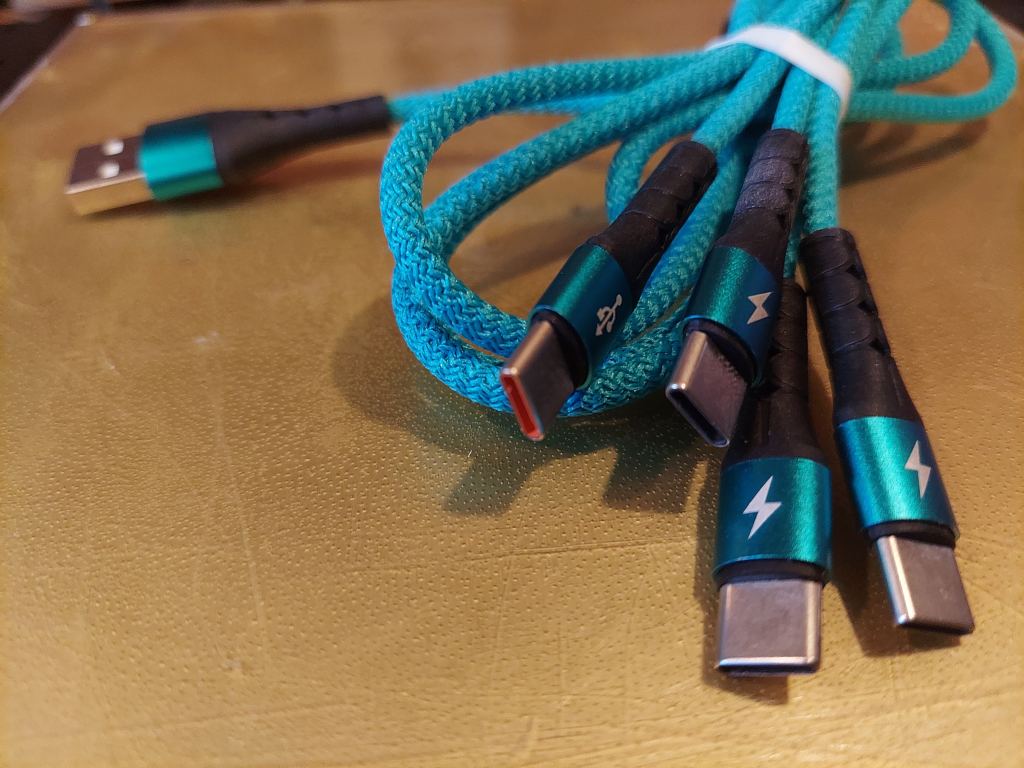Capacitors: More Than Just Stored Charge
Capacitors are everywhere in modern electronics, from tiny capacitors on microprocessor boards to the massive ones that help start large motors. They are essential components, often taken for granted, yet understanding how they function can give us insights into everything from power smoothing to signal processing. In this post, we’ll explore the fundamental properties of capacitors, their behavior in circuits, and some practical applications.

Basic Mathematical Model: How Capacitors Work
At its core, a capacitor is a device that stores electric charge. It consists of two conductive plates separated by an insulating material (the dielectric). When voltage is applied across these plates, positive charge builds up on one plate, and negative charge on the other, creating an electric field. The amount of charge a capacitor can store per volt applied is called capacitance, measured in farads (F).
Capacitors Oppose Changes in Voltage
A key property of capacitors is their ability to oppose rapid changes in voltage. This property, related to the equation I=C*dV/dt, means that when a voltage across a capacitor changes, the capacitor either charges or discharges to oppose this change. In other words, capacitors “smooth out” sudden shifts in voltage, which makes them valuable in both DC and AC applications.
Capacitor Behavior at DC and AC
Behavior at DC
In a DC circuit, once a capacitor is charged to the applied voltage, it essentially behaves like an open circuit. No more current flows, and the capacitor simply stores charge. This is why, in many DC applications, capacitors are often used for energy storage or smoothing, as they can provide short bursts of power when needed but do not continuously conduct current.
Behavior at Increasing Frequencies
In AC circuits, capacitors act very differently. As the frequency of the AC signal increases, capacitors allow more current to flow. This behavior is due to their impedance, which decreases with frequency, given by Z=1/(jωC), where is the angular frequency. This property makes capacitors useful for filtering applications, as they can “pass” higher frequencies and “block” lower ones.
Basic Uses of Capacitors
Power Decoupling: Filtration and Smoothing
One of the most common applications for capacitors is in power decoupling. In digital circuits, especially where microprocessors and other ICs are present, there are often rapid fluctuations in current demand. Without decoupling capacitors, these fluctuations can lead to noise on the power supply lines, which can disrupt the operation of sensitive components. By placing capacitors across the power supply, these spikes in demand can be smoothed out, as the capacitors act as local charge reservoirs.
AC Coupling of a Signal
Another vital use for capacitors is in AC coupling, which is essential for isolating the DC component of a signal. In audio circuits or amplifiers, capacitors are often used to “block” any DC bias while allowing the AC (signal) component to pass through. This is commonly referred to as “capacitive coupling,” and it ensures that each stage of a circuit can be biased independently while still passing the signal along.
Sample Circuits Featuring Capacitors
Let’s look at a few practical circuits that demonstrate how capacitors are applied:
Low-Pass Filter: One of the simplest applications of a capacitor is in a low-pass filter, where it’s paired with a resistor to create a circuit that allows only low frequencies to pass while attenuating higher ones. In this case, the capacitor blocks high-frequency components, acting as a filter to remove noise or unwanted high-frequency signals.
RC Timing Circuit: Capacitors are also crucial in timing circuits. When combined with a resistor, the time it takes to charge or discharge a capacitor can be carefully controlled, creating predictable delays. This concept is essential in applications like timers and oscillators, where precise timing is needed.
Decoupling Network: For digital systems, capacitors are often placed close to ICs in parallel with a power supply line to act as decoupling capacitors. By filtering out transient voltage spikes, they ensure the ICs receive a stable power supply.
Additional Capacitor Considerations
Capacitor Types and Their Applications
Not all capacitors are created equal. Depending on the application, you might encounter ceramic capacitors, electrolytic capacitors, tantalum capacitors, and more. Each has unique characteristics and is suited to specific tasks. For instance, ceramic capacitors are generally used for decoupling due to their low equivalent series resistance (ESR) and stability, while electrolytic capacitors are often preferred for bulk storage in power supplies due to their high capacitance values.
ESR and Leakage
A capacitor’s equivalent series resistance (ESR) is another important factor, particularly in high-frequency applications where lower ESR capacitors are desirable for efficiency and stability. Additionally, capacitors aren’t perfect insulators and often exhibit leakage, where a small current continues to flow through them even when fully charged. This leakage can be significant in sensitive circuits and should be accounted for during design.
Conclusion: Small but Mighty Components
Capacitors may seem simple at first glance, but their unique properties make them indispensable in nearly every branch of electronics. Whether they’re being used to smooth out power, couple AC signals, or provide precise timing, capacitors are essential tools in the engineer’s toolkit. Understanding their behavior and how they can be used to manipulate signals or control power can deepen your appreciation of both the versatility and elegance of electronics.
This article was coauthored by GPT-4o.



